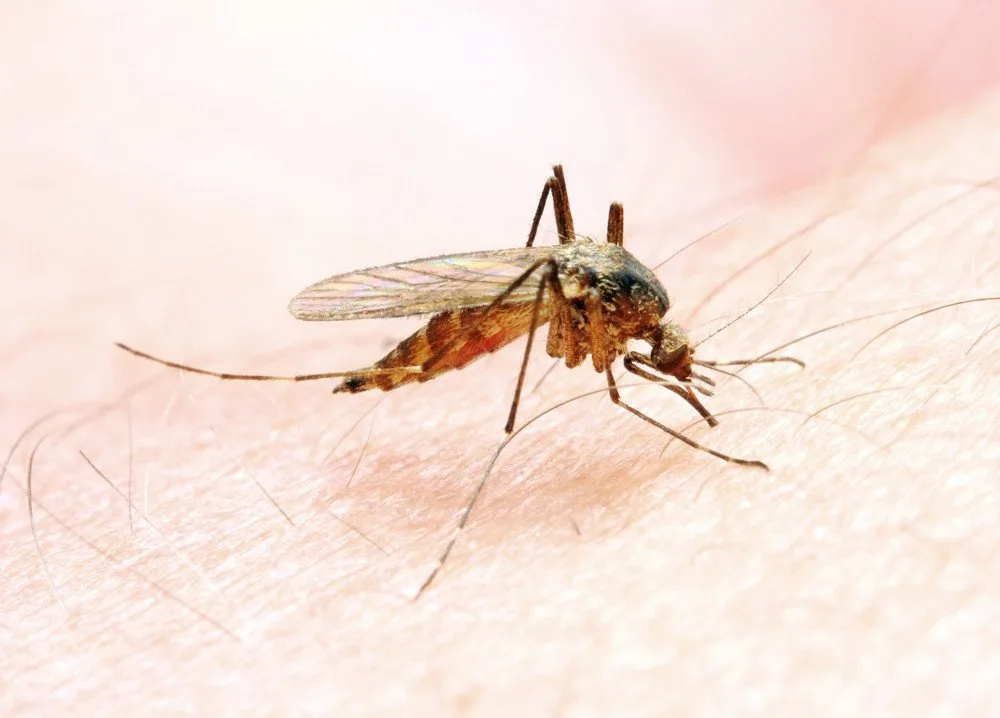A breakthrough malaria vaccine could protect millions of children across the continent and contribute to the elimination of malaria. The private sector will have to play a role in scaling up and boosting access to vaccines and other preventative approaches.
Malaria in Africa
Less than three years ago, half a million children in Africa died from malaria. At a rate of around one child’s death per minute, with cases and deaths rising during the pandemic, it was a clear signal of some lost traction in controlling malaria, despite it being a treatable and preventable disease.
World Malaria Day took place on the 25th of April, and following the theme of “Time to deliver zero malaria: invest, innovate, implement”, the access and rollout of the world’s first vaccine (RTS,S) against the Plasmodium falciparum parasite – has become a major breakthrough for child health on the continent.
Malaria remains a key health risk in Africa and parts of Asia and South America, but it is predicted with climate change that this risk could evolve. Furthermore, outside of vaccination, there are no ground-shifting technology solutions imminent over the next few years that will allow significant mitigation of this risk – outside proven preventative interventions. The RTS,S malaria vaccine, which acts against Plasmodium falciparum, the deadliest malaria parasite globally and most prevalent in Africa, continues to provide durable protection against the disease for at least a year after children receive a booster dose.
New malaria vaccine
Speaking about the vaccine, Dennis Di Mascio, Director, Global Health, Lead Malaria Vaccine Programme at GSK said that it’s a 35-year endeavor that is becoming a reality as they progressively move from piloting into routine implementation. “This vaccine represents not only innovation from a scientific point of view, but also the power of partnerships.”
According to Dr. Dave Knight, Public Health/Occupational Health Senior Advisor at International SOS, World Health Organisation (WHO), data indicates that more than 30 African countries have areas with moderate to high malaria transmission. In these regions, the vaccine could provide added protection against malaria to over 25 million children each year, although the existing vaccine supply remains constrained at this point and would need to be scaled up.
“While the new vaccine is not suitable for adults yet, it provides moderate but important protection to very young children over the first few years of life and is a critical tool in the world’s progress towards zero malaria, which slowed or even stalled in recent years, as COVID-19 took the spotlight. This has been especially problematic in high-burden countries in sub-Saharan Africa,” says Dr. Knight. He adds that it is thus vital to ensure that the progress made in malaria control is not hindered. Doing so will help achieve a malaria-free world within a generation.
“In fact, even with the use of the RTS,S malaria vaccine in young children in some countries, it is imperative that education and awareness, as well as the use of insecticide-treated bed nets, vector control, and early diagnosis and treatment, are continued.”
Vaccine rollout
Dr. John Bawa, Africa Lead for Vaccine Implementation at PATH Ghana, explains that the pilot rollout of the vaccine into routine immunization and malaria control strategies in Ghana, Kenya, and Malawi, which began in 2019, has reached about 1.4 million children with at least 1 dose by February 2023.
The vaccine has also been expanded to new areas in the three countries, targeting an extra 500,000 by the end of 2023 thereby making the vaccine accessible to more African children almost a year before the Gavi commercial doses become available from 2024. A standard four-dose immunization regime is required for a child to have the full benefit of the malaria vaccine and must be provided between 6 months and two years of age.
“Our aim is to advance health equity through innovation and partnerships,” says Dr. Bawa. He hopes that country leaders and their partners will provide the necessary tools to help control, eliminate and, eventually, eradicate malaria.
The vaccine alliance
The vaccine alliance, Gavi, further notes that there are already an additional 11 countries that have been recommended by an independent review panel to roll out the vaccine. They are being considered for supply allocation by the vaccine allocation committee in the context of the limited global supply limitations.
Original public domain image from Flickr
“With the first vaccination programs scheduled to be in 2023, we are at a very exciting time in the fight against malaria. What is needed now more than ever is tight collaboration, even with partners that haven’t yet worked together,” says Dr. Stephen Sosler, Head of Vaccine Programmes at Gavi, the Vaccine Alliance.
He says that we need to be rigorous in applying the learnings from the current trials in how we move forward and how we help countries apply the vaccine.
“Our goal is to make sure that countries are aware of the vaccine opportunity and how it is another tool to address the high burden of malaria. Together we want to work with countries to not only prioritize their vaccine needs but work together around the other health interventions needed as well.”
Malaria interventions
Dr. Olusola Oresanya, senior Country Technical Coordinator, Malaria Consortium, Nigeria, agreed. She points out how the vaccine is only one component of the package of malaria interventions.
“Nigeria is one of the highest-burden countries when it comes to malaria, the most vulnerable to the disease being children under the age of five and pregnant women.
Given the complexity of the disease, geographical and ecological variations causing varied transmission – perennial/seasonal – a mix of interventions is critical. Integrated vector management including the use of bed nets, effective case management, awareness, and behavior change campaigns at community levels are necessary, as well as strong malaria surveillance systems.”
Dr. Knight concurs that these are key, moving forward. He says that International SOS, an organization dedicated to working with governments to secure the health, safety, security, and well-being of their people, has a model that can assist the vaccine rollout.
This model includes vector control, bite prevention, chemo-prophylaxis, diagnostics, emergency management, and standby treatment – all under a management system that enables effective control of an eradication program.
“Another area where PPPs are useful is with regard to resourcing and technical assistance. Technical skills are especially vital, though these needn’t be entomology or medical skills. The private sector can offer attributes like management skills, or specific resources such as logistics – which can be much harder to come by in the more remote parts of Africa.”
Bottom line
“Collective efforts save lives. The vaccine needs to be administered as part of a series of wider malaria prevention and control programmes, driven through PPPs. It must also, of course, be supplemented by continued innovation to develop new and next-generation vaccines and increased availability of supply,” concludes Dr. Knight.



![women [longevity live]](https://longevitylive.com/wp-content/uploads/2020/01/photo-of-women-walking-down-the-street-1116984-100x100.jpg)










